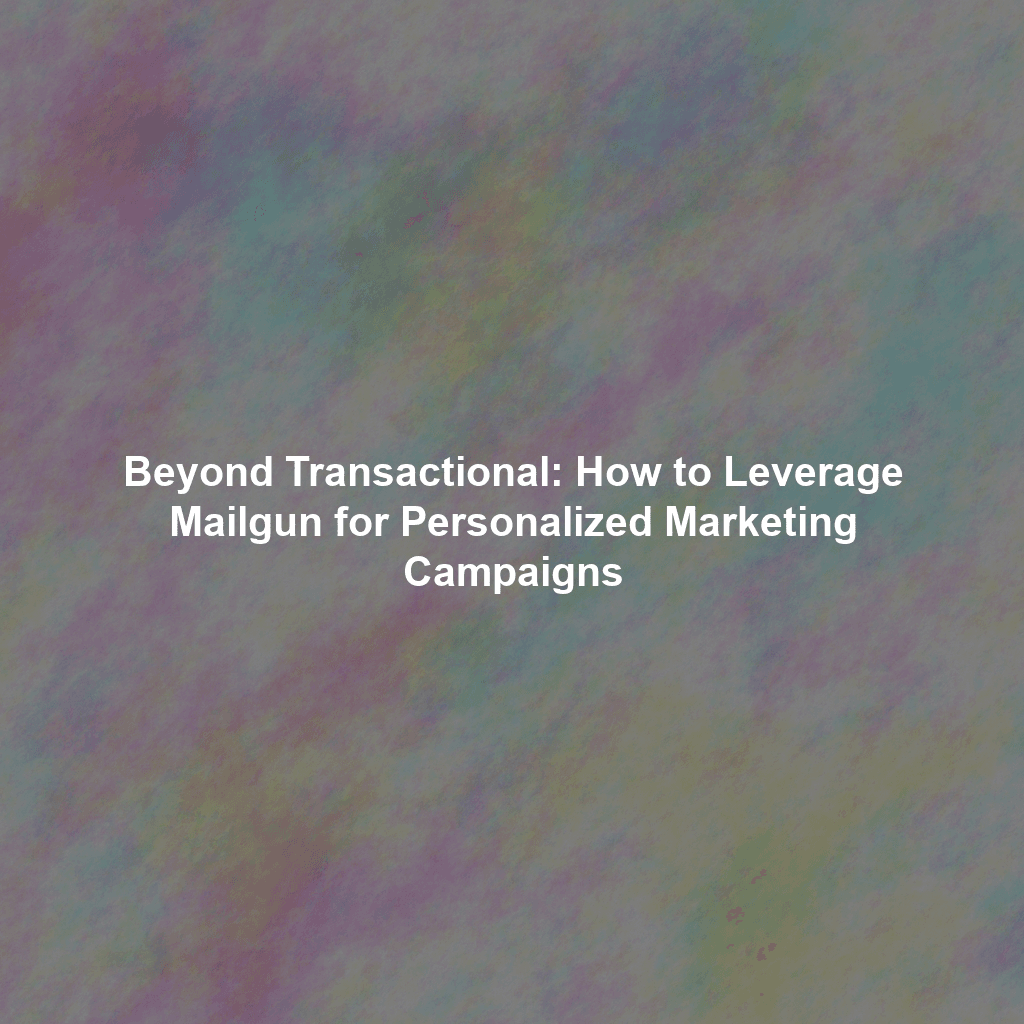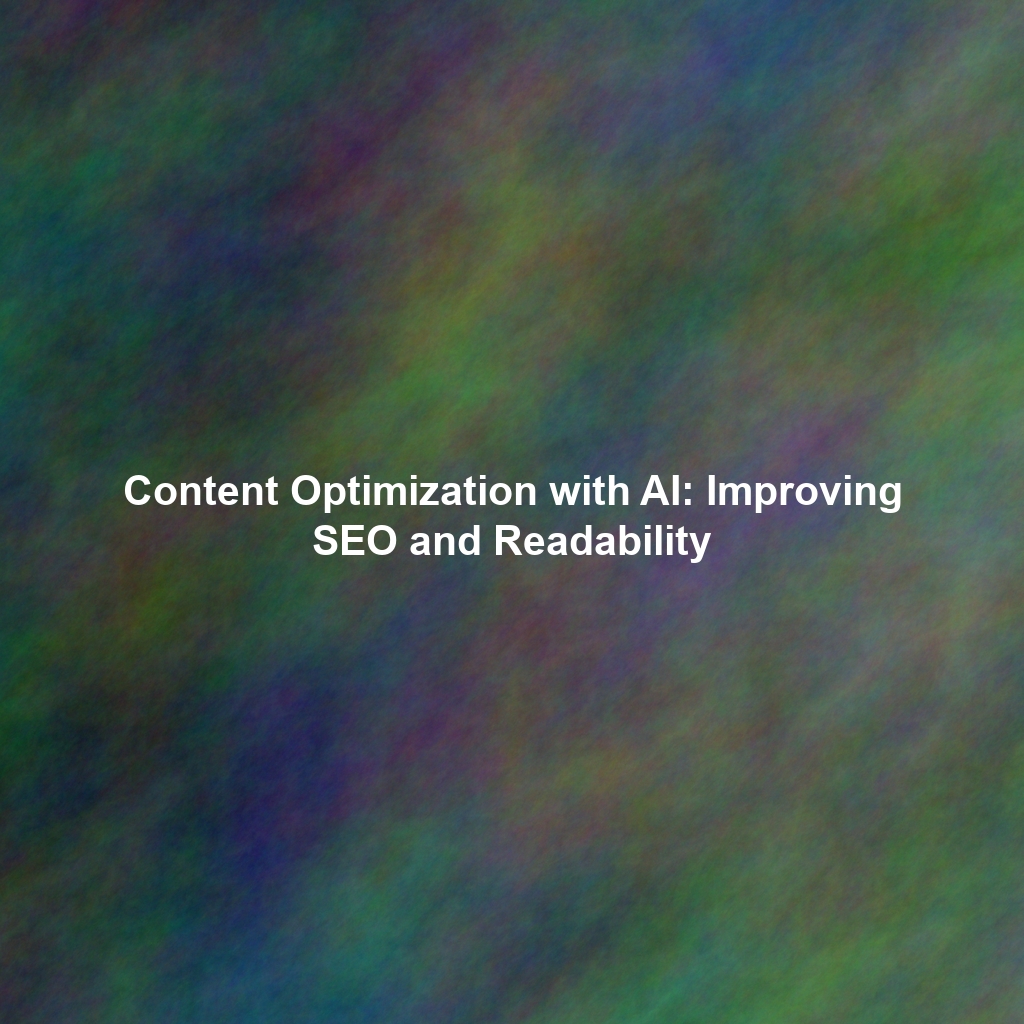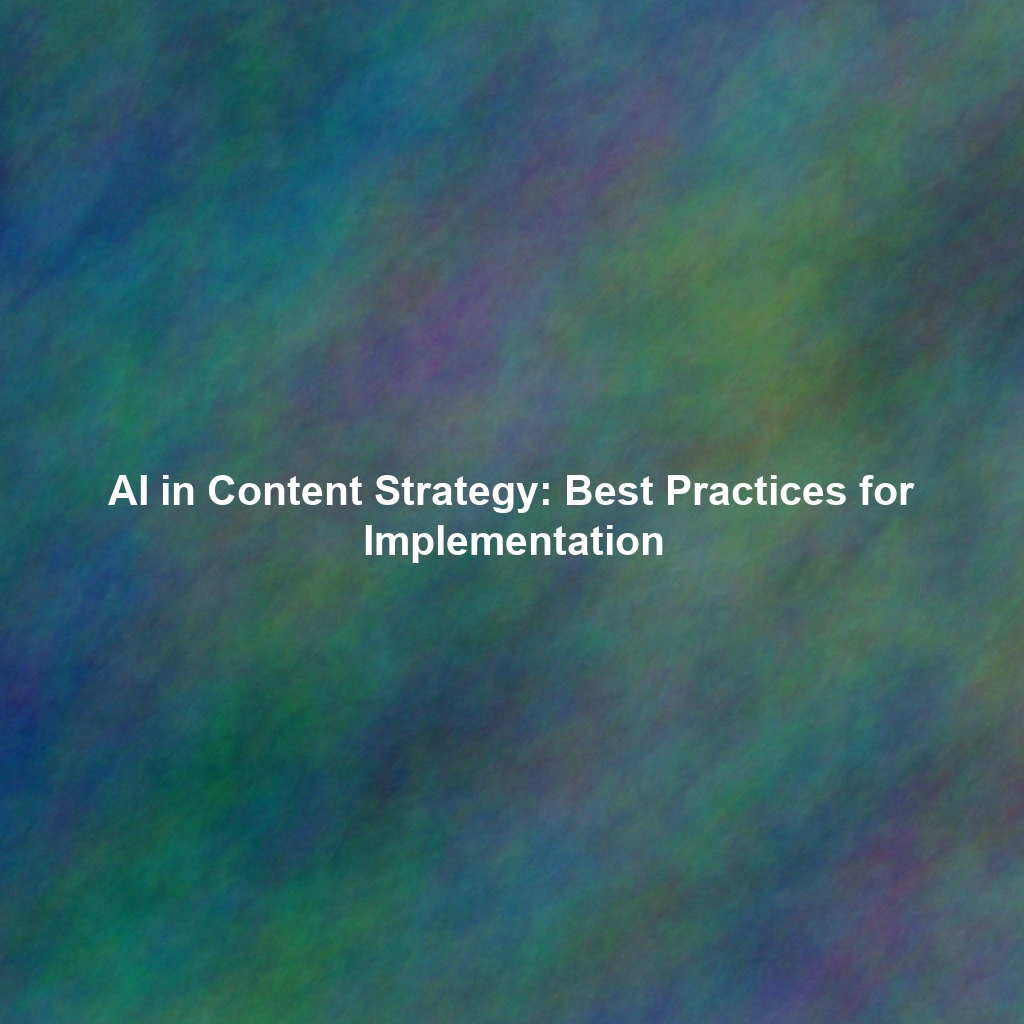Mailgun, renowned for its robust transactional email capabilities, often gets pigeonholed as solely a tool for sending password resets and order confirmations. However, beneath the surface lies a powerful platform ripe for sophisticated and personalized marketing campaigns. This article explores how to unlock Mailgun’s full potential, moving beyond basic transactional emails to craft targeted, engaging marketing experiences that drive conversions.
Unveiling Mailgun’s Marketing Capabilities
While Mailgun excels at transactional emails, its features extend far beyond. By leveraging segmentation, personalization, and automation, you can transform Mailgun into a valuable marketing asset.
Segmenting Your Audience for Targeted Campaigns
The cornerstone of any successful marketing campaign is understanding and segmenting your audience. Mailgun offers several ways to achieve this:
- Custom Fields: Store additional data about your recipients, such as demographics, purchase history, or interests. This allows you to create highly targeted segments based on specific criteria.
- Tagging: Use tags to categorize recipients based on their behavior, such as clicking a specific link or attending a webinar. This is particularly useful for triggering automated campaigns based on user actions.
- List Management: Organize your recipients into different lists based on their subscription preferences or roles within your organization.
Example: An e-commerce company might segment its audience into “New Customers,” “Returning Customers,” and “Inactive Customers” to deliver tailored onboarding sequences, loyalty rewards, and re-engagement campaigns, respectively.
Personalizing Email Content for Maximum Impact
Generic emails are a thing of the past. Personalization is key to capturing your audience’s attention and driving engagement. Mailgun makes personalization easy with:
- Variable Substitution: Use variables to dynamically insert recipient-specific information into your email content, such as their name, location, or previous purchases.
- Conditional Logic: Display different content blocks based on specific criteria, such as the recipient’s subscription status or purchase history.
- Dynamic Content: Integrate with external data sources to populate your emails with real-time information, such as product recommendations or personalized offers.
Example: A travel agency could personalize email offers based on a customer’s past travel destinations and preferred travel dates, significantly increasing the likelihood of conversion.
Automating Marketing Workflows with Mailgun
Automation is crucial for scaling your marketing efforts and delivering consistent, personalized experiences. Mailgun allows you to automate various marketing workflows, including:
- Welcome Series: Automatically send a series of welcome emails to new subscribers, introducing your brand and showcasing your products or services.
- Abandoned Cart Emails: Remind customers about items left in their shopping carts and incentivize them to complete their purchase.
- Re-engagement Campaigns: Target inactive subscribers with personalized offers and incentives to reactivate their accounts.
- Event-Triggered Emails: Send emails based on specific events, such as a customer making a purchase, signing up for a webinar, or leaving a review.
Example: A SaaS company could automate a series of onboarding emails to guide new users through their platform’s features and benefits, increasing user adoption and retention.
Best Practices for Optimizing Your Mailgun Marketing Campaigns
To maximize the effectiveness of your Mailgun marketing campaigns, consider these best practices:
- Maintain a Clean Email List: Regularly remove inactive subscribers and bounced email addresses to improve your sender reputation and deliverability.
- A/B Test Your Emails: Experiment with different subject lines, content, and calls to action to optimize your campaigns for maximum engagement.
- Track Your Results: Monitor key metrics such as open rates, click-through rates, and conversion rates to identify areas for improvement. Mailgun provides comprehensive analytics to track your campaign performance.
- Comply with Email Marketing Regulations: Adhere to CAN-SPAM and GDPR regulations to ensure your emails are compliant and avoid penalties.
- Use a Dedicated IP Address: For high-volume sending, consider using a dedicated IP address to further improve your sender reputation and deliverability.
Real-World Example: E-commerce Personalized Product Recommendations
An e-commerce store selling clothing can use Mailgun to send personalized product recommendations based on a customer’s browsing history and purchase behavior. By tracking the items a customer views and purchases, the store can create a segment of users interested in, for example, “Summer Dresses.” They can then use Mailgun’s variable substitution feature to insert recommended summer dresses directly into the email, significantly increasing the likelihood of a purchase.
Conclusion
Mailgun is more than just a transactional email service. By leveraging its segmentation, personalization, and automation features, you can transform it into a powerful marketing platform that drives engagement and conversions. By implementing the best practices outlined in this article, you can unlock Mailgun’s full potential and create highly targeted, personalized marketing campaigns that resonate with your audience.
 Skip to content
Skip to content

